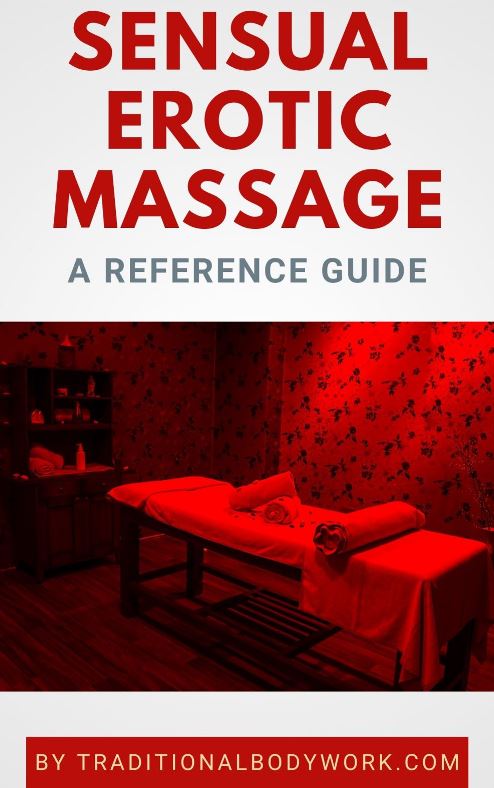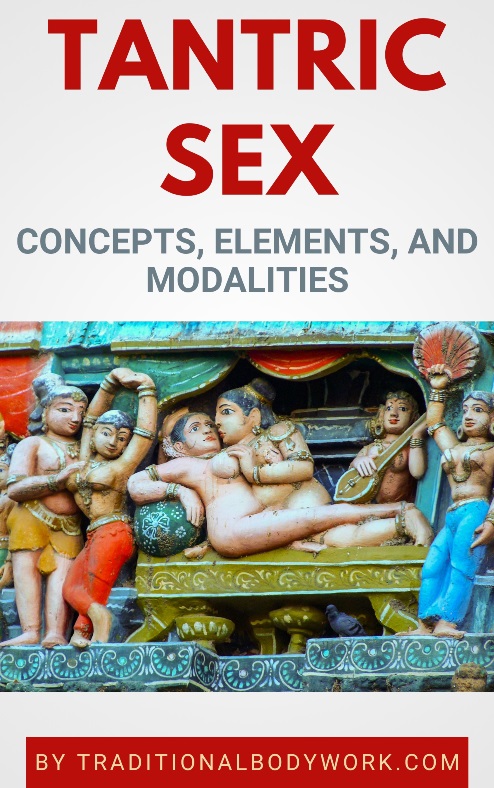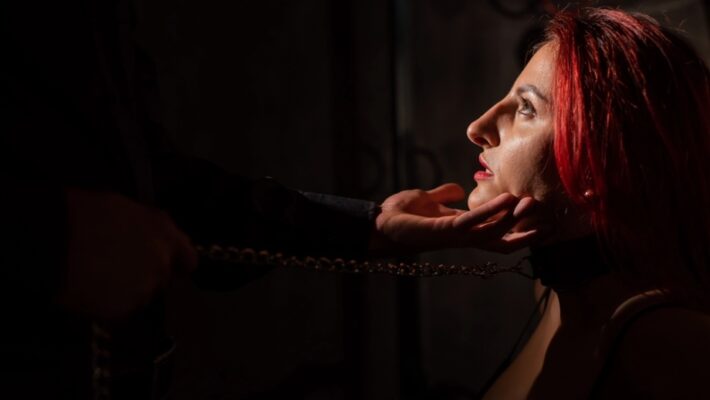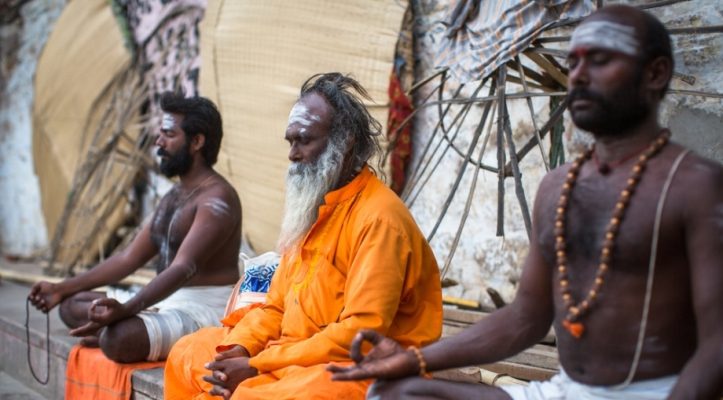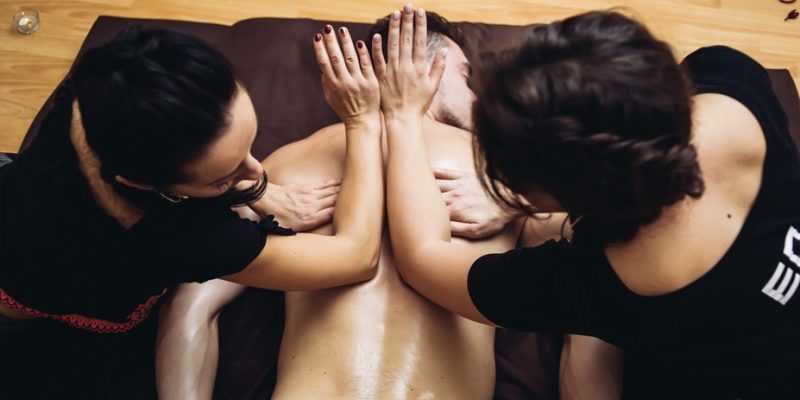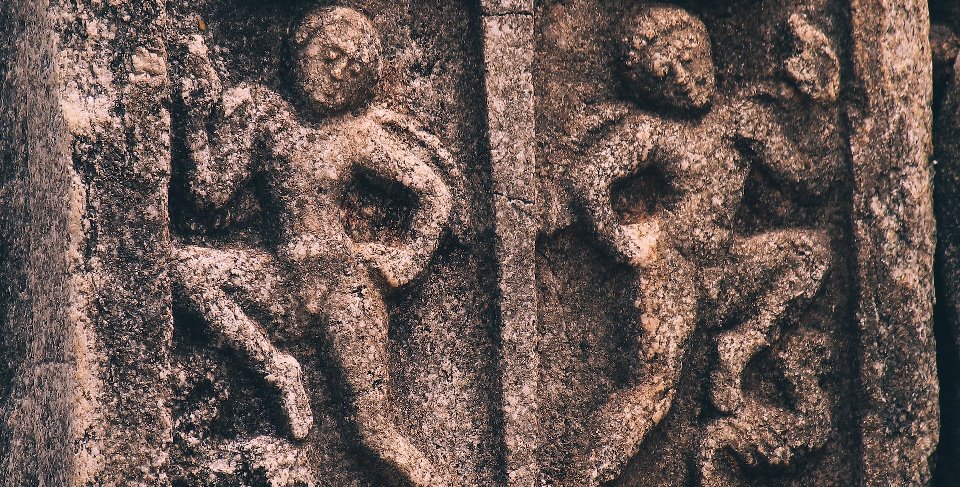
If you look for offerings of Tantra courses, classes, and workshops, you will really find a very vast number of different options. In a way it makes perfect sense, because Tantra itself is a very diverse and large domain.
Nevertheless, for prospective students it may be quite difficult to discern what’s what, and what exactly to expect from a Tantra training course or workshop. This is partly because students don’t have the complete picture of what Tantra and Neo-Tantra beholds, but more particularly because of the abundance and variety of training options.

For instance, you may find training in Lingam Massage and Yoni Massage, Tantra Yoga, Tantric Sex, conceptual, philosophical and spiritual Tantra, Semen Retention practices, Tantric Dearmoring, Tantric Dance, Kundalini Yoga, Sacred Sexuality, Tantric Intimacy Coaching, Tantric Ceremonies and Rituals, or Yoni and Lingam Worshipping, among many other subjects.
In addition, trainers often mix on or more Tantra related topics in their courses, let’s say Tantric Rituals combined with Yoni Massage, or Lingam Worshipping and Tantric Semen Retention, and it’s also common that they include topics they draw from other fields such as Taoist Sexual Practices, mainstream Sex Education, or Bioenergetics.
The style and focus of Tantra training may also vary. This depends much on the background and lineage of the Tantra training provider and the goal of the training, which means that style or focus can be rather White Tantra, Red Tantra or Dark Tantra, or alternatively Left-Hand and Right-Hand Tantra. For the Tantra student it means that the training will take a specific approach in the way it engages in Tantric practices.
Today, you’ll also find that Tantra training may be included in Tantric treatments. Let me give an example of this practice. So, say that somebody opts for a Tantric Lingam Massage. The massage provider may then additionally offer Semen Retention training and Intimacy & Relationship Coaching in the Lingam Massage session. This is just an example (albeit indeed a common practice), and you can see how treatments can likewise become a kind of class or workshop.

Another thing is the format in which Tantric training may be offered. For example, it may include individual or couples workshops, long-term year-round training, Tantric retreats of a couple of days, a week or longer, day or weekend courses, one-on-one training, online or in-person coaching and counselling, and/or online or live in-person classes either given privately or in a group setting.
In fact, what is the best training format for a particular student depends much on what the student needs and wants, or is able to participate in with regard of the time he or she can spend on a course.
A final point of attention for students is the types of Tantra training establishments they may encounter; these may be large Tantra schools, academies and institutes that offer a broad study curriculum, but also individual Tantra practitioners and therapists who only offer specific Tantra modalities and techniques. Here, it’s likewise for the individual student to decide what suits them best.
In any case, Tantra comprises of a large realm of practices, and the prospective student actually already needs at least a basic knowledge of what Tantra and Neo-Tantra may include to come to the right choice of trainer, training, and training format.

